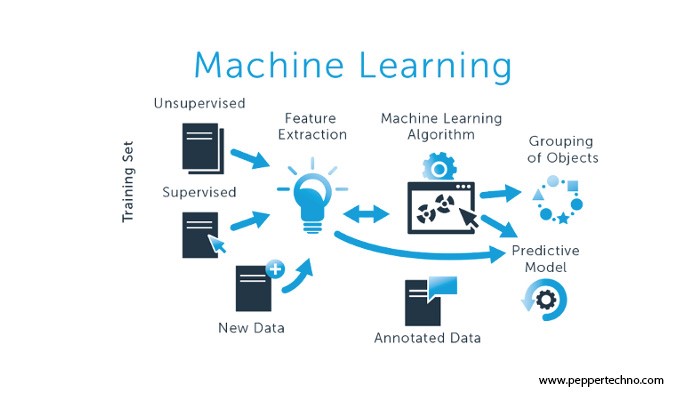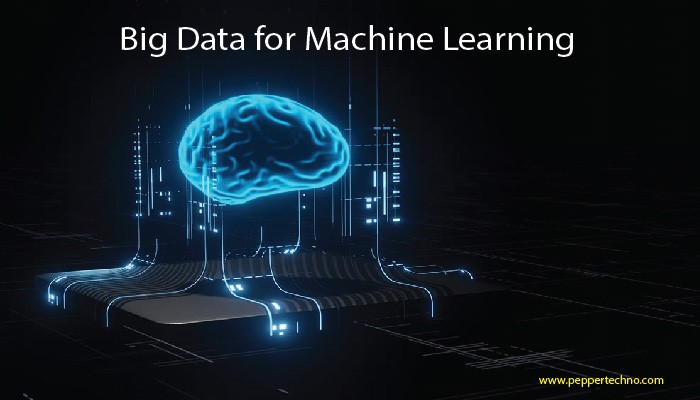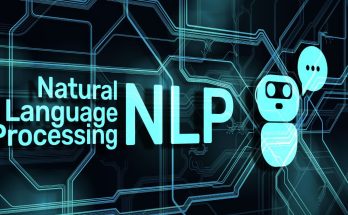Harnessing the Power of Big Data for Machine Learning Advancements
In the rapidly evolving landscape of technology, the synergy between big data and machine learning has emerged as a transformative force, propelling innovation and efficiency across various industries. As the volume of data generated worldwide continues to skyrocket, the importance of leveraging big data for machine learning applications becomes increasingly evident. This article delves into the symbiotic relationship between big data and machine learning, exploring how the integration of large datasets enhances the capabilities of machine learning algorithms.

Understanding Big Data
Defining Big Data
Big data refers to vast and complex datasets that traditional data processing methods struggle to handle efficiently. The sheer magnitude of big data necessitates advanced techniques and technologies to extract meaningful insights, making it a crucial resource for machine learning applications.
The 4 V’s of Big Data
- Volume: Big data is massive in scale, encompassing terabytes, petabytes, or even Exabyte’s of information. The ability to process and analyze such vast amounts of data distinguishes big data from conventional datasets.
- Velocity: Big data is generated at an unprecedented speed, with real-time or near-real-time data streams becoming increasingly common. This rapid influx of information poses a challenge for traditional data processing systems.
- Variety: Big data comes in various forms, including structured, semi-structured, and unstructured data. This diversity encompasses text, images, videos, social media interactions, sensor data, and more, demanding versatile tools for effective analysis.
- Veracity: Ensuring the accuracy and reliability of big data is crucial for meaningful analysis. The inherent complexity of big data sources introduces challenges related to data quality, requiring careful consideration and preprocessing.
Machine Learning: An Overview
Machine Learning Basics
It relies on algorithms and statistical models to analyze data, identify patterns, and make predictions or decisions.
Types of Machine Learning
Supervised Learning: In supervised learning, algorithms are trained on labeled datasets, where the input data is paired with corresponding output labels.
- Unsupervised Learning: Unsupervised learning involves working with unlabeled datasets. The algorithms explore the data’s inherent structure, identifying patterns and relationships without predefined output labels.
- Reinforcement Learning: Reinforcement learning is centered on the concept of learning through interaction. Agents make decisions within an environment, receiving feedback in the form of rewards or penalties. The goal is to optimize the agent’s behavior over time.
The Synergy between Big Data and Machine Learning
Enhanced Model Training with Big Data
Machine learning models thrive on data, and big data provides the expansive, diverse datasets necessary for robust model training. The abundance of examples enables models to generalize better, improving their accuracy and performance on new, unseen data. As the volume of training data increases, models can capture more nuanced patterns, enhancing their ability to make accurate predictions.
Real-Time Decision-Making
The velocity aspect of big data aligns seamlessly with the demands of real-time decision-making in various domains. Machine learning models powered by big data can analyze and respond to data streams in real time, enabling quick and informed decision-making. Industries such as finance, healthcare, and logistics benefit significantly from this capability, where timely insights can lead to better outcomes.
Uncovering Complex Patterns
Big data’s variety, encompassing structured and unstructured data in various formats, empowers machine learning models to uncover intricate patterns and correlations. Natural language processing (NLP) algorithms, for instance, can analyze vast amounts of text data, extracting sentiments, topics, and contextual information. This ability is invaluable for applications like sentiment analysis, content recommendation, and language translation.
Scalability and Flexibility
Big data technologies, designed to scale horizontally, accommodate the growing demands of machine learning workflows. As datasets expand, distributed computing frameworks such as Apache Hadoop and Apache Spark ensure that processing power scales in tandem. This scalability is crucial for handling the computational intensity of training large-scale machine learning models.
Challenges and Considerations
Data Quality and Preprocessing
Despite its potential, big data comes with challenges related to data quality and veracity. Inaccuracies or inconsistencies in the data can adversely impact machine learning model performance. Robust preprocessing steps, including data cleaning and normalization, are essential to ensure the quality of input data and the reliability of model outputs.
Privacy and Ethical Concerns
The vast amounts of data collected for machine learning purposes raise concerns about privacy and ethical considerations. Striking a balance between leveraging big data for improved models and respecting individuals’ privacy is a challenge that organizations must navigate.
Infrastructure and Resource Requirements
The effective integration of big data and machine learning demands substantial computational resources and infrastructure. Organizations must invest in powerful hardware, scalable storage solutions, and advanced analytics platforms to fully harness the potential of this synergy.
Conclusion
The intersection of big data and machine learning heralds a new era of innovation and efficiency across industries. As organizations recognize the value of leveraging vast and diverse datasets, machine learning models stand to benefit from enhanced training, real-time decision-making, and the ability to uncover complex patterns. However, navigating the challenges posed by data quality, privacy, and infrastructure requirements is crucial for realizing the full potential of this powerful alliance. As technology continues to advance, the synergy between big data and machine learning promises to reshape the landscape of artificial intelligence and drive unprecedented advancements in various fields.



